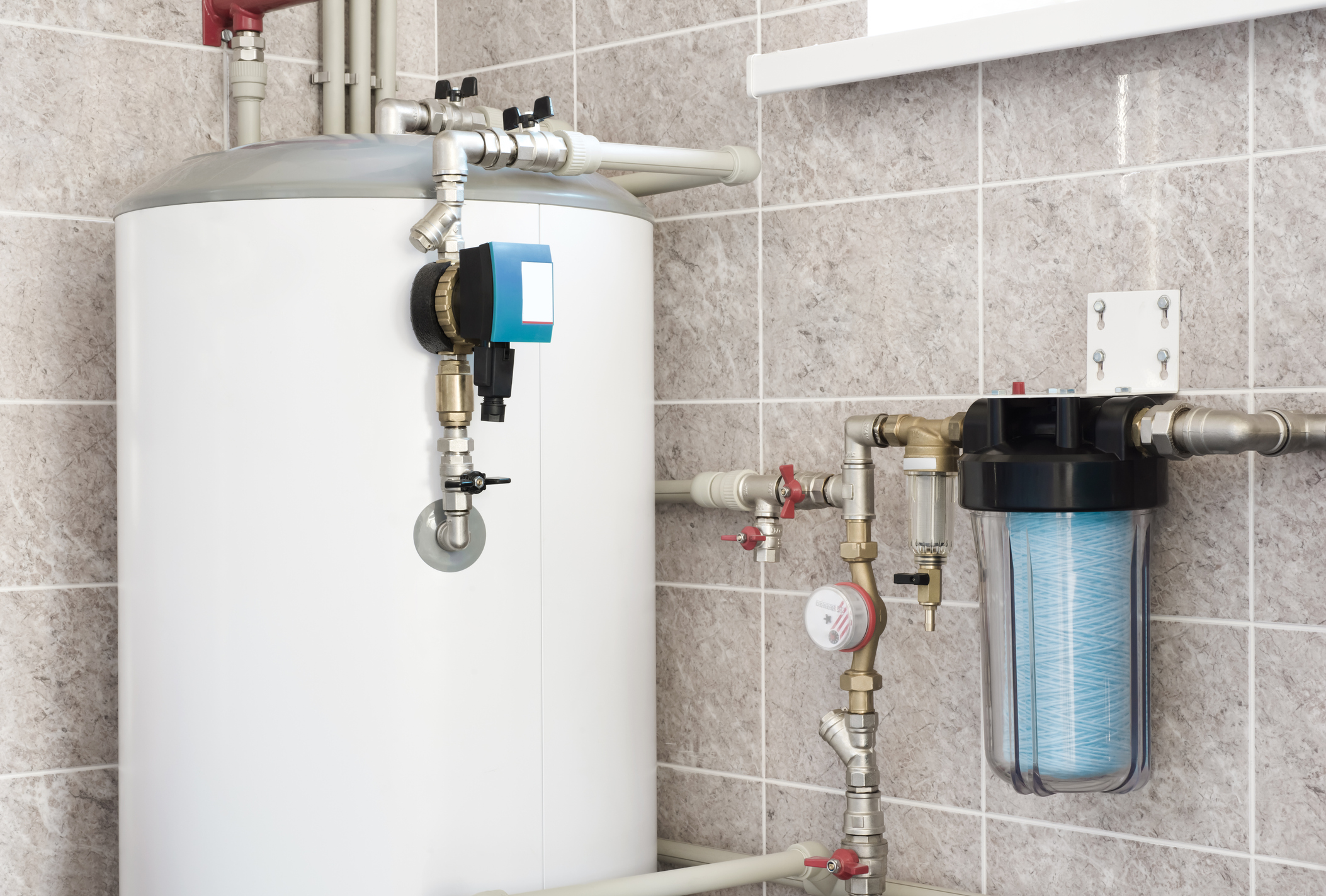How to Prolong the Lifespan of Your Home's Hot Water System By Maintenance
How to Prolong the Lifespan of Your Home's Hot Water System By Maintenance
Blog Article
What are your concepts about Tips on Maintaining a Water Heater?

Hot water is essential for everyday comfort, whether it's for a revitalizing shower or cleaning meals. To ensure your warm water system runs effectively and lasts longer, regular upkeep is essential. This article gives functional tips and understandings on just how to preserve your home's hot water system to stay clear of interruptions and costly repair services.
Introduction
Keeping your home's warm water system might appear complicated, but with a couple of easy actions, you can ensure it operates efficiently for years ahead. This guide covers every little thing from understanding your warm water system to DIY upkeep suggestions and recognizing when to contact professional assistance.
Importance of Preserving Your Hot Water System
Normal maintenance not just extends the lifespan of your warm water system but additionally ensures it runs efficiently. Ignoring upkeep can result in lowered efficiency, greater energy bills, and also early failure of the system.
Indicators Your Hot Water System Demands Upkeep
Understanding when your warm water system requires focus can protect against significant issues. Look out for indications such as irregular water temperature level, weird noises from the heater, or corroded water.
Comprehending Your Hot Water System
Prior to diving into maintenance jobs, it's handy to recognize the standard components of your warm water system. Generally, this consists of the hot water heater itself, pipelines, anode poles, and temperature level controls.
Month-to-month Maintenance Tasks
Regular regular monthly checks can assist capture small issues before they intensify.
Flushing the Hot Water Heater
Purging your hot water heater gets rid of sediment buildup, improving effectiveness and extending its life.
Monitoring and Changing Anode Rods
Anode poles prevent rust inside the container. Evaluating and changing them when broken is crucial.
Checking and Readjusting Temperature Level Setups
Readjusting the temperature level setups makes certain optimum efficiency and safety and security.
Do It Yourself Tips for Upkeep
You can do numerous upkeep tasks yourself to maintain your hot water system in top condition.
Checking for Leaks
Regularly inspect pipelines and connections for leakages, as these can bring about water damages and higher bills.
Testing Pressure Alleviation Valves
Examining the stress safety valve ensures it functions correctly and protects against too much stress accumulation.
Protecting Pipes
Shielding warm water pipes decreases heat loss and can save power.
When to Call a Specialist
While do it yourself maintenance is advantageous, some concerns call for specialist competence.
Complex Concerns Calling For Expert Assistance
Examples consist of major leaks, electric troubles, or if your water heater is constantly underperforming.
Regular Specialist Upkeep Perks
Expert upkeep can consist of complete evaluations, tune-ups, and ensuring compliance with safety and security requirements.
Conclusion
Normal maintenance of your home's warm water system is vital for performance, long life, and expense savings. By adhering to these tips and recognizing when to seek specialist assistance, you can ensure a trusted supply of hot water without unanticipated disruptions.
How to Maintain an Instant Hot Water Heater
Before tinkering with your hot water heater, make sure that it’s not powered on. You also have to turn off the main circuit breaker and shut off the main gas line to prevent accidents. Also turn off the water valves connected to your unit to prevent water from flowing into and out of the appliance. 2. When you’re done, you have to detach the purge valves’ caps. These look like the letter “T†and are situated on either side of the water valves. Doing so will release any pressure that has accumulated inside the valves while at the same time avoid hot water from shooting out and burning your skin. 3. When the purge valves’ caps are removed, you have to connect your hosing lines to the valves. Your unit should have come with three hoses but if it didn’t, you can purchase these things from any hardware or home repair shops. You can also get them from retail stores that sell water heating systems. Read the user’s manual and follow it to complete this task properly. When the hosing lines are connected, open the purge port’s valves. 4. You should never use harsh chemical cleaners or solutions when cleaning your unit. Make use of white vinegar instead. It should be undiluted and you’ll probably use about 2 gallons. 5. Now flush your water heater. This task should probably take about 40 minutes. We can’t give you specific directions for this because the procedure is carried out depending on the type, model and brand of your heater. With that being said, refer to the user’s manual. 6. When you’re done draining the unit, you have to turn off the purge port valves again. Remove the hosing lines that you earlier installed on each of the water valves. Put the valve caps (purge port) back in their respective places and be very careful so as not to damage the rubber discs that are found inside these caps. 7. Now that everything’s back in place, check your user’s manual again to find out how to reactivate your water heating system. 8. Once it is working, turn one of your hot water faucets on just to let air pass through the heater’s water supply pipes. Leave the tap on until water flows smoothly out of it. https://www.orrplumbing.com/blog/2014/september/how-to-maintain-an-instant-hot-water-heater/

I'm certainly very enthusiastic about How to Maintain a Hot Water Heater in a Few Simple Steps and I hope you liked our entry. Sharing is nice. Who knows, you may just be helping someone out. Many thanks for your time spent reading it.
Schedule Free Estimate Report this page